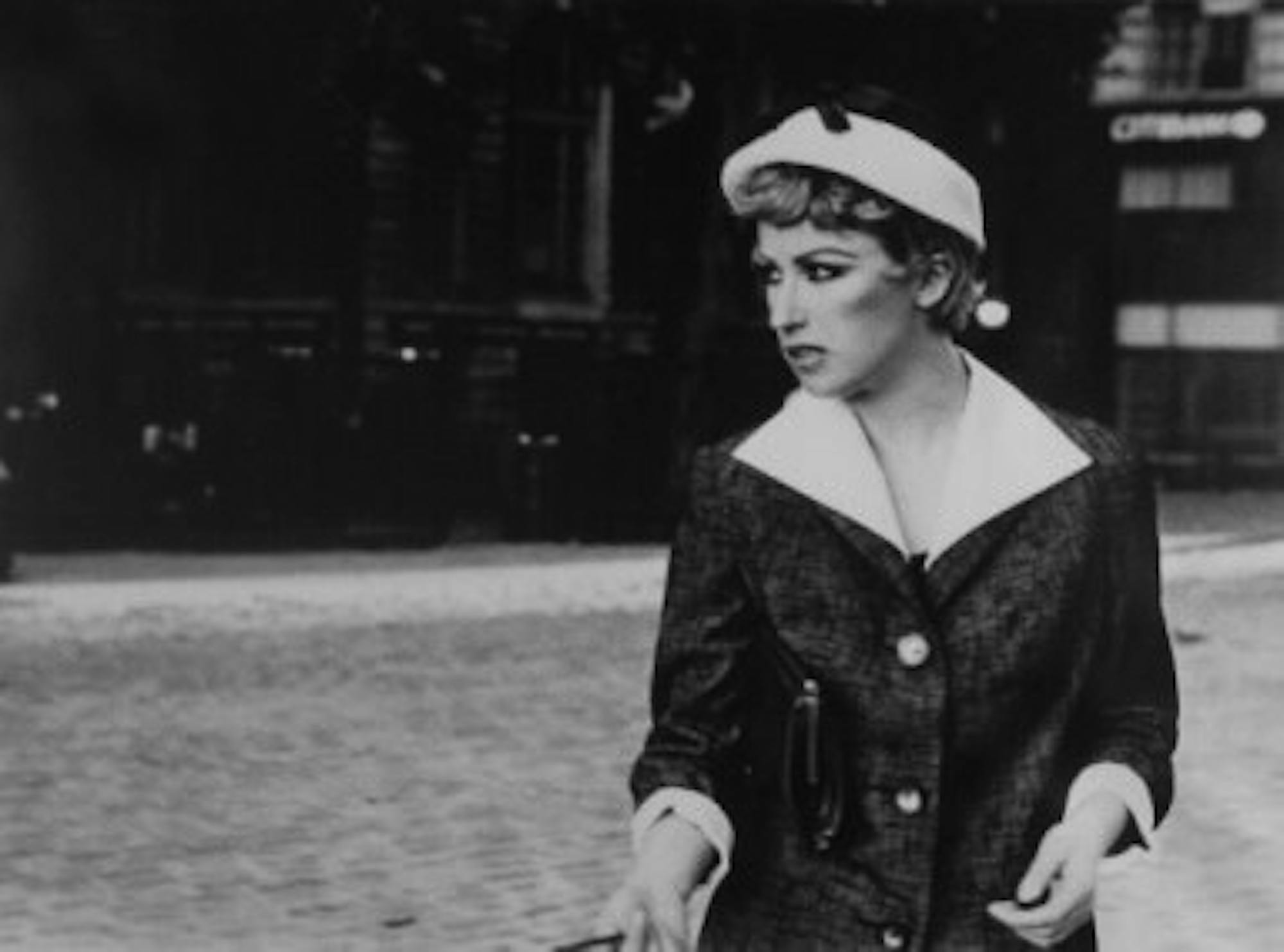Despite spending just under 50 years taking photographs of herself, Cindy Sherman can be found in none of them. Utilizing the format of photography portraiture, Sherman creates a theater with her own image, disguising herself with layers of costume and makeup to explore the constructed nature of identity and reality. She plays pretend, and in the process, implicates us for doing the same.
Born in 1954 in Glen Ridge, N.J., Sherman exhibited an interest in drawing and painting from a young age, leaving her hometown to pursue an arts degree at the State University of New York at Buffalo. Despite her eventual accomplishments in photography, she had actually failed her first photography course, and it was not until she independently experimented with the medium at the end of her sophomore year that she pursued it earnestly, paving the path for her rise to artistic acclaim.
Sherman is considered one of the most influential members of the Pictures Generation, a group of young artists who rose to prominence during the 1970s. Like most artistic and cultural movements, the philosophy of the Pictures Generation was largely influenced by the social and political forces of the time. The 1970s witnessed America’s humiliation in the Vietnam War and the fruitless results of the previous decade’s countercultural movement. The Pictures Generation was brought into an America that was left traumatized by political upheaval and disillusioned by rapidly increasing commercialism. Indeed, it was this rapid commercialization that eventually contributed to the increased circulation of media that would play a major role in Sherman’s work. Advertisement, television, photography and news saturated the attention of the American public, creating a novel body of mass media. This visual rhetoric of mass media and pop culture created an environment of visual repetition and derivativeness. In the world of fine arts, it seemed that everything had been done; perspective, photography and conceptualism had all been discovered (or rediscovered), and thus, for the Pictures Generation, it appeared that all that was left to do was to do it all over again.
Cindy Sherman’s photography explores the context of archetypes, denying the viewer access to the ‘true Cindy’ by borrowing certain visual social codes. In one of her most lauded collections, “Untitled Film Stills” (1977–80) Sherman utilizes the rhetoric of classic cinema to explore this idea. In “Untitled Film Still #21,” Sherman dons a vintage cap and collared dress, gazing off into the distance with the city skyline behind her. Here, she assumes the identity of the determined yet anxious heroine. In “Untitled Film Still #52,” she lies on her side on a bed, a seductive but helpless woman, clutching a pillow beneath her. In her collection of photographs, none can be definitively attributed to a particular film or character and none can be considered self-portraits. While Sherman is present in her work, any remnant of ‘true’ identity that the audience seeks to access is absent. One interpretation is that Sherman utilizes “Untitled Film Stills” to consider the triteness of female film characters. At the same time, through the act of impersonation and mimicry, Sherman confronts us with the possibility that our lives, like her images, are constructions. For the Pictures Generation, reality is something intangible. We may consume the images that mediate it, but at the end of the day, our identities are nothing more than a collage of symbols and signs.
Perhaps this is what has kept Sherman’s work alluring. In the information age, the Pictures Generation feels more relevant than ever. Movies, television, and social media are filled with people who we want to be or think we are and our personalities and beliefs become shaped through our consumption. Sherman creates something novel through the act of borrowing, re-presenting what we have already seen. She recreates the images that conduct our lived reality and have us consider that perhaps our lives are things we receive secondhand. She plays pretend, and so do we.






